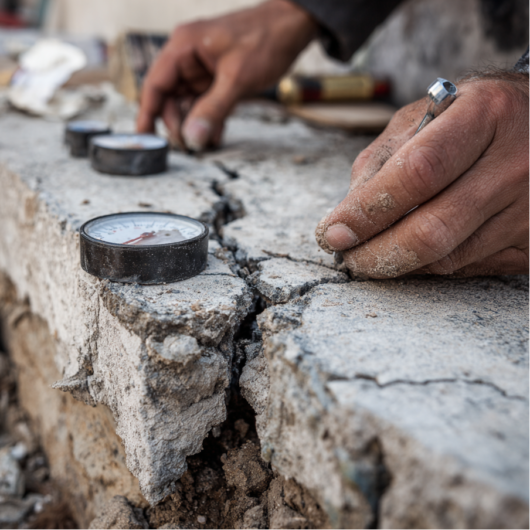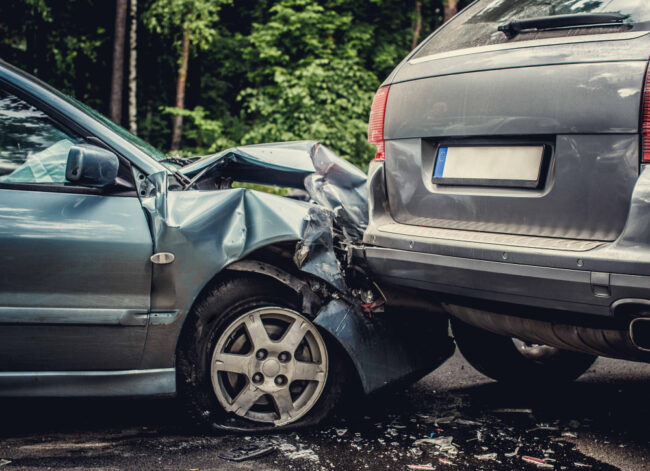People will always ask questions and say, What went wrong? When a building collapses, a bridge fails, or a structure does not perform well. There need not be anything obvious about the solutions. That’s where forensic engineering comes in, a specialized discipline that investigates structural failures, determines their causes, and helps prevent future disasters.
Contents
Understanding Forensic Engineering
Forensic engineering is the application of engineering principles to investigate failures or malfunctions in structures, materials, and components. It does not involve a mere identification of a failed part. It is rather an involved process of gathering evidence, testing, and analysis to ascertain the cause of a failure.
It may be a parking garage that has collapsed, a mechanical system that has failed, or a foundation that has a crack in it, but in any case, forensic engineers are being asked to determine how and why it happened. They play an important role in any legal proceedings, insurance claims, and communal safety as they provide factual, objective observations.
The Way Forensic Engineers Determine Structural Failures
The process of forensic engineering often begins with a site inspection. Engineers document any damage, take samples, and store evidence. Photographs, measurements, and interviews of witnesses are gathered in an attempt to piece together a sequence of events. Then they use such tools as a computer simulation, stress analysis, and materials testing to re-create the conditions that led to the failure.
Key steps in a forensic engineering investigation include:
- Evidence Collection: Engineers collect physical Evidence and photographic records of the failure point.
- Analysis of Design and Construction: Maintenance records, Blueprints, and permits are checked to see whether there were construction mistakes or design flaws.
- Material Testing: Concrete, steel, or other samples are tested to determine strength, fatigue, and chemical composition.
- Failure Reconstruction: Modeling and simulation tools enable engineers to create a replica of the failure scenario and help them experiment with their hypotheses.
Real-World Applications of Forensic Engineering
Forensic engineering is critical across various industries:
- Building and Construction: Falling buildings have problems with the foundations or water penetration.
- Transportation: Bridges, roadways collapse, or rail accidents.
- Product Liability: Parts failure in consumer products or industrial equipment.
- Fire and Explosion Investigations: Determination of the structural cause or effect of a fire or explosion.
- Natural Disasters: Conducting a post-disaster assessment of an earthquake, hurricane, or flood to assess conformity with codes and resiliency.
The Consequences of Legal and Safety Outcomes
Forensic engineers often qualify as expert witnesses. Their testimony and technical reports can kill or deliver a legal argument. Through their findings, the local/public agencies, as well as the private companies, are also kept aware of safety enhancement, design modification, and code modification.
Their work not only solves problems but also prevents them. By performing the diagnosis of the cause of structural failures, forensic engineers can make structures safer, infrastructure more robust, and systems more reliable.
Conclusion
Forensic engineering is an essential discipline that reveals the truth behind structural failures. It is a cross-functional (scientific, engineering, and detective) method to discover what has malfunctioned – and more importantly, why. By their findings, forensic engineers also play a part in accountability and justice and pave the way to safer design and construction procedures.
From courtroom evidence to public safety reforms, forensic engineering plays a powerful and often unseen role in our built environment. These professionals do not just ask questions when a building collapses, but they also come up with answers that do matter.




